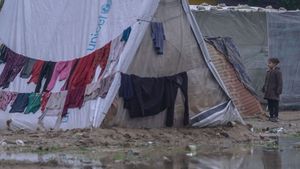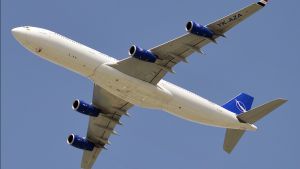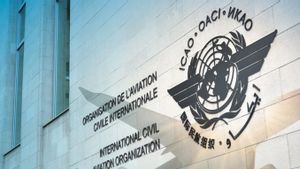JAKARTA - Although Indonesia recorded a surplus in the trade balance in July 2020, it is considered that this is not yet a sign of economic recovery amid the COVID-19 pandemic.
As is known, the Central Statistics Agency (BPS) recorded a July 2020 trade balance of a surplus of 3.26 billion US dollars, or higher than the previous month of 1.27 billion US dollars. This achievement was obtained from exports amounting to US $ 13.73 billion, which was higher than imports of US $ 10.47 billion during July 2020.
BPS reported that exports in July 2020 increased by 14.33 percent compared to June 2020. However, annual exports decreased by 9.90 percent from US $ 15.24 billion in July 2019. This was triggered by the decline in oil and gas exports which decreased to 49.69 percent. on a year on year basis (yoy).
Meanwhile, from the import side, in July 2020 it experienced a 32.55 percent decline to 15.52 billion US dollars compared to the same period last year. In detail, imports of used goods experienced a simultaneous decline with the largest contribution led by a decrease in raw / auxiliary materials by 34.46 percent, imports of capital goods by 29.25 percent, and imports of consumer goods by 24.11 percent (yoy).
However, on a monthly basis, imports of capital goods in July 2020 increased by 10.82 percent compared to the previous month.
The July 2020 exports were also less extraordinary compared to before the COVID-19 pandemic. Exports in July 2020 were driven by two export destination countries, such as China whose economy is recovering and the United States which is relaxing.
Executive Director of Indef Tauhid Ahmad said, speaking of Indonesia, it was too early to say that the country's economy had recovered. Moreover, according to him, imports of supporting raw materials that contribute more than 70 percent are still down.
"I think our Indonesian economy is still under pressure. Although there has been a relatively small recovery," he said, Wednesday, August 19.
Tauhid said that what shows the economy is starting to recover is when the direction of the trade balance is more balanced with relatively high imports.
"Because we re-export raw materials which are usually reprocessed into export commodities such as textiles, footwear, and the automotive industry," he explained.
Looking at the type of imports, the most dominant is equipment such as machines for domestic purposes. This means that growth is still driven by activities at the domestic level, there is no expansion abroad.
The English, Chinese, Japanese, Arabic, and French versions are automatically generated by the AI. So there may still be inaccuracies in translating, please always see Indonesian as our main language. (system supported by DigitalSiber.id)












